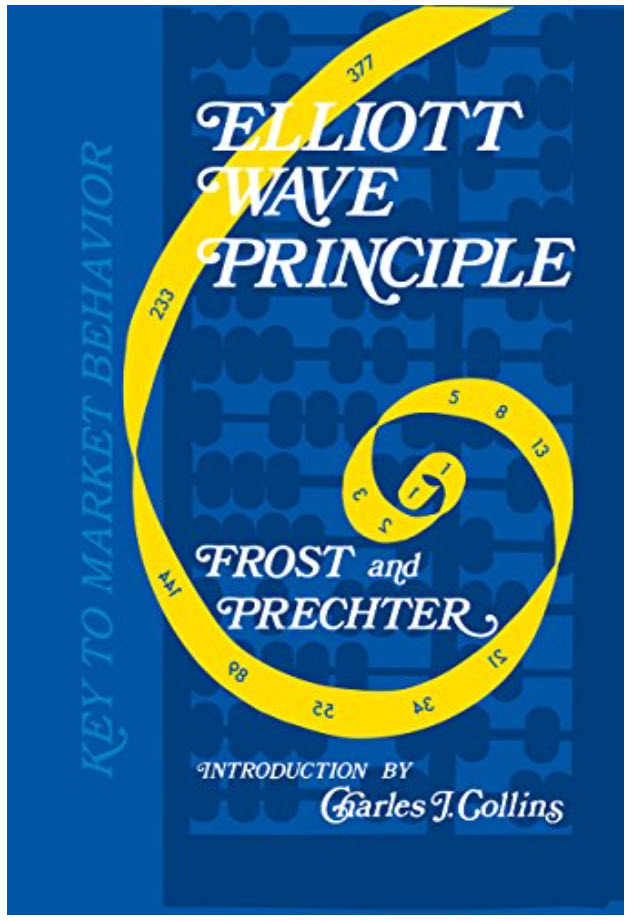Elliott Wave Analysis of the S&P-500 (SPX) by Sid from ElliottWavePredictions.com. Click on the chart twice to enlarge.
Here is one of my alternate long-term Elliott Wave counts for the SPX that appears to be gaining in probabilty. As many of you know, I think the 90% U.S. stock market crash from 1929-1932 was a wave 2 at Supercyle degree. It only lasted 3 years. I’ve been thinking that Supercycle wave 3 ended in 2000, and that the 9-year expanded flat that followed (2000-2009) was a completed Supercycle wave 4. Alternatively, the above count projects that Supercycle wave 4 is still underway, and that the 2000-2009 expanded flat was just wave A of a larger sideways structure. I’ll have to admit that this count flows much easier than trying to force a 5-wave impulse onto the March 6 2009 though July 7 2011 period, as my main count does.
The count depicted above expects that primary (burgundy) wave W (ending Feb 18 2011) was a zigzag, and that primary (burgundy) wave X is in the process of carving out an expanded or running flat. Within that burgundy wave X, wave A black (ending September 22 2011) was an expanded flat, and wave B (black) of the flat is nearing completion as a relatively rare WXYXZ combination. If wave B black is 1.382 times the length wave A black was, the target for the top of this bull market would be 1432, which would be followed by a 5-wave impulse to the downside for wave C black and the end of burgundy X. Until wave B black has ended, an exact fibonacci target zone for the end of wave C black cannot be set. As an example though, if the SPX tops at 1432, the best target for the end of wave C black would be 1050, a 50% retracement of the March 2009 thru August/September 2012 structure. This 50% retracement target would have the S&P continuing to follow the 1968-1982 fractal, with the upcoming wave C black representing the 1976-1978 bear.
If this count is correct, wave B black will have lasted 1.618 times as long as wave A black did on September 5.
One slight problem with this count: If the movement since Sept 22 2011 is a WXYXZ, and that is the best way to count it in my opinion, it is a “mixed” combination, with wave W an expanded flat, Y a zigzag, and now Z another zigzag. This does not comply with the statement on page 54 of Frost & Prechter: “…there never appears to be more than one zigzag in a {mixed} combination”. Despite this, because the structure does not count well as anything else, I think the WXYXZ labeling must be considered acceptable until proven otherwise, which may require a slight revision to “the book”.
A solution to that slight problem would be to start the W-wave of the WXYXZ at the actual October 4 low, which would allow the October 4 though October 27 movement to be labeled a zigzag, thereby eventually producing a legitimate WXYXZ triple zigzag, but that would require that the downward movement ending at the October 4 low be a legitimate 5-wave impulse or diagonal within pink wave 5, and there doesn’t appear to me to be a way to count it that way from any of the Aug 31, Sept 20, or Sept 27 highs without breaking at least one rule.



